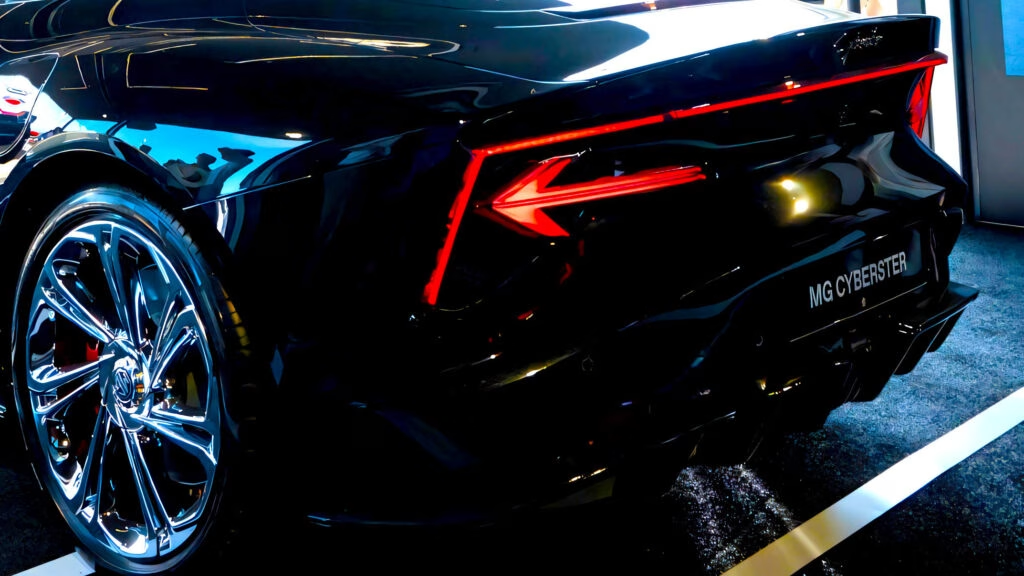How Are Chinese Carmakers Outsmarting Europe’s EV Tariffs?
European policymakers thought they had a solid plan: slap tariffs on imported electric vehicles (EVs) from China to protect local automakers and level the playing field. But as the dust settles, it’s clear that Chinese brands aren’t just sitting back and taking the hit. Instead, they’re pivoting—fast. The result? A surge in plug-in hybrid electric vehicle (PHEV) imports that’s catching everyone’s attention.
Why Hybrids Are the New Backdoor Into Europe
Here’s the twist: while EVs from China are now subject to tariffs as high as 45.3 percent, hybrids face much lighter duties—just 10 percent in many cases. That’s a massive difference. For example, BYD’s all-electric Atto 3 SUV gets slapped with an extra €10,000 in tariffs, but the plug-in hybrid Seal U only sees about €4,000 added to its price tag. That’s not pocket change.
Data from Dataforce shows BYD registered over 20,000 PHEVs in the EU in the first half of this year—triple their 2024 total. MG, another Chinese-owned brand, has also shifted gears, selling more hybrids in the first six months of 2025 than in all of last year. Even Lynk & Co is jumping on the bandwagon. The numbers don’t lie: Chinese automakers are exploiting a regulatory gap, and it’s working.
What’s Driving This Hybrid Boom?
It’s not just about dodging tariffs. European consumers still love hybrids. They offer a familiar driving experience, no range anxiety, and lower upfront costs compared to full EVs. For Chinese brands, this is a golden opportunity to keep their momentum going in Europe while sidestepping the worst of the new trade barriers.
Take MG, for instance. Facing the steepest tariffs on its EVs, the company has seen its electric car sales drop by 60 percent across Europe this year. But hybrid registrations? Way up. Models like the MG HS, MG ZS, and MG 3 are filling the gap, keeping dealerships busy and customers happy.
Is the EU Turning a Blind Eye to the Loophole?
You might wonder: don’t regulators see what’s happening? They do. The European Commission is well aware that Chinese brands are flooding the market with hybrids to avoid hefty EV tariffs. But so far, there’s little appetite to close the loophole. Instead, officials are hoping for a diplomatic solution, engaging in talks with Chinese automakers rather than rushing to rewrite the rules.
Industry experts like Beatrix Keim, director at Germany’s Center Automotive Research, saw this coming. She points out that it was only a matter of time before Chinese manufacturers shifted strategy to protect their profits in Europe. The EU’s cautious approach may be a nod to the complexity of global supply chains—or just a hope that the market will self-correct.
What Does This Mean for European Car Buyers and Automakers?
For European consumers, the influx of affordable, well-equipped hybrids is a win—at least in the short term. More choices, competitive pricing, and the ability to ease into electrification without going all-in. But for local automakers, it’s a double-edged sword. The very tariffs meant to shield them from Chinese competition are now fueling a hybrid invasion that’s tough to counter.
There’s also a broader lesson here about the limits of trade policy in a globalized world. When one door closes, another opens—and savvy companies will always find a way through. The hybrid loophole is a textbook example of how regulation and innovation are locked in a constant game of cat and mouse.
The Big Takeaway? Trade Policy Isn’t About Perfection—It’s About Smarter Adjustments
Europe’s attempt to rein in Chinese EV imports has triggered a wave of hybrid sales instead. The lesson? No policy is airtight, and the market will always look for the path of least resistance. If you’re following the car market, or just wondering how global trade really works, keep an eye on these hybrid numbers. Start with one change—like tracking how many hybrids are on your local roads this month—and you’ll likely spot the difference by month’s end.

